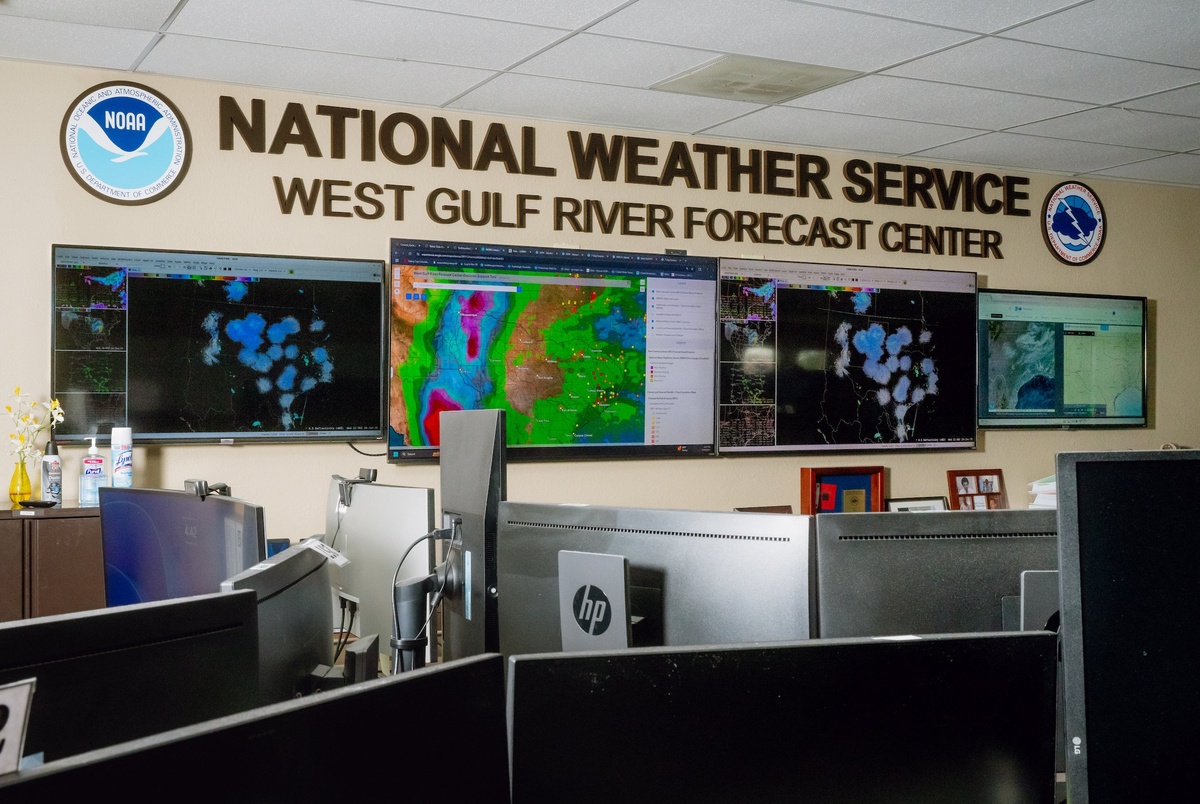3-Hour Warning Saved Lives in Kerr County, But What Happened Next Is Still Unknown

Understanding the Timeline of the Flood in Kerr County
The devastating floods that struck Kerr County, Texas, on July 4th were preceded by a series of warnings issued by the National Weather Service (NWS). However, the effectiveness of these warnings and how they were received by local officials and residents remains unclear. The timeline of events highlights critical gaps in communication and response.
Three Hours and 21 Minutes: A Critical Window
From the moment the NWS issued its first flash flood warning for parts of Kerr County to when the first flooding reports came in, there was a span of three hours and 21 minutes. This period could have been crucial for evacuation and preparation. Despite the automatic alerts sent to cell phones and weather radios, it is uncertain whether local officials took any meaningful action during this time.
County officials have not responded to interview requests or provided details about their actions during the night of the floods. At public press conferences, Kerrville’s city manager has focused on search and rescue efforts rather than answering questions about their response to the warning.
Governor Greg Abbott acknowledged the presence of the flash flood warning but emphasized that no one anticipated the severity of the event, describing it as a "30-foot-high tsunami-ball of water."
Communication Challenges
NWS officials stated they communicated directly with local officials during the night, though they did not specify the exact timing. Some calls went to voicemail, and Kerrville’s mayor reportedly learned of the flooding only around 5:30 a.m., more than four hours after the initial warning.
Warnings were not posted on county Facebook pages until around the same time, when the Guadalupe River had already risen rapidly and begun to overflow its banks near Hunt, heading toward Kerrville.
The Role of Warnings and Public Awareness
Weather experts noted that from an external perspective, the NWS appeared to have done everything possible as the river rose quickly, surpassing previous records and causing significant damage. This type of situation is often referred to as a "silent killer," especially during a holiday weekend when out-of-town visitors are present in the area known as "Flash Flood Alley."
The worst of the danger occurred in the dark, while people were asleep. The river claimed over 90 lives in Kerr County, with many still missing days later.
Early Warnings and the Flood Watch
On Thursday afternoon, the NWS issued a flood watch for parts of Central Texas, including Kerr County, where at least 30 children would die. A flood watch is intended to alert local emergency officials to be on high alert, though it does not specify where the worst rain will fall.
Meteorologists explained that predicting exactly where heavy rain will occur is challenging, as it can significantly impact river forecasts. Alan Gerard, a retired NOAA meteorologist, compared this to tornadoes, noting that while conditions may be favorable, it's impossible to predict the exact strength or location.
Kerr County, part of the Texas Hill Country, is prone to rapid river rises due to its limestone hills and lack of deep soil. Deadly floods have occurred repeatedly in the past.
Alert Fatigue and Public Response
Part of the challenge lies in alert fatigue, particularly in areas prone to frequent flooding. People often receive multiple flood watches that don’t result in actual flooding, leading to complacency. Avantika Gori, a flood risk expert, noted that people may not understand the difference between a watch and a warning.
The First Flash Flood Warning
At 1:14 a.m. on Friday, the NWS issued its first flash flood warning for central Kerr County, indicating life-threatening flash flooding was occurring or imminent. This triggered automatic alerts to radios and cell phones. However, the river had barely started to rise, and the incongruity between the warning and what people saw on the ground could have led to inaction.
Valerie Peters, staying at an RV campsite, recalled hearing rainfall but not noticing anything unusual. She said she looked at emergency notifications, turned off the sound, and went back to bed.
The Emergency Alerts
By 4:03 a.m., two hours and 49 minutes after the initial warning, federal forecasters issued a flash flood emergency for south-central Kerr County, using a term reserved for "exceedingly rare" cases. The Guadalupe River was rising rapidly, and by 4:35 a.m., the weather service began receiving reports of low-level flooding.
At 5:34 a.m., a second flash flood emergency alert was issued for east central Kerr County, warning of a "large and deadly flood wave." Around the same time, the Kerr County Sheriff’s Office posted a warning on Facebook about dangerous flooding.
The “Last Mile” Problem
Communicating threats effectively is known as the "last mile" problem. Even as warnings are issued, it's unclear who is receiving them. Erik Nielsen, an instructional assistant professor at Texas A&M University, noted that the mismatch between the warning and the visible conditions could have caused people to ignore the alerts.
Lack of Push Alerts
Neither the city nor the county sent push alerts to cell phones early in the morning on July 4, according to data from PBS. Both Kerr County and the City of Kerrville are registered with FEMA to send alerts broadly without requiring registration. However, the absence of timely alerts raises concerns about the effectiveness of communication systems.
Conclusion
The events in Kerr County highlight the importance of effective communication and response during natural disasters. While the NWS issued timely warnings, the challenge remains in ensuring that these warnings reach the right people at the right time. As the community continues to recover, the need for improved alert systems and public awareness becomes increasingly clear.
Post a Comment for "3-Hour Warning Saved Lives in Kerr County, But What Happened Next Is Still Unknown"
Post a Comment